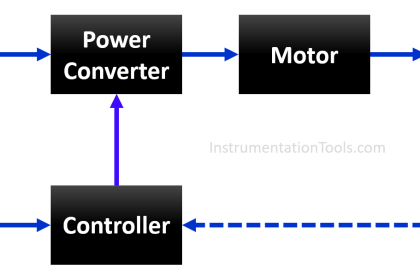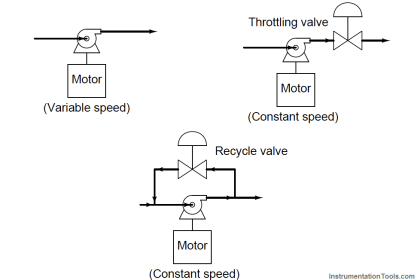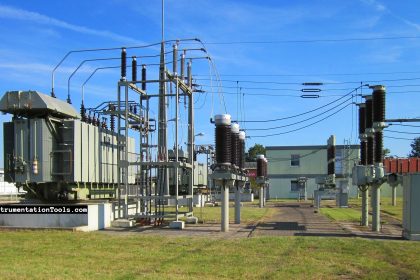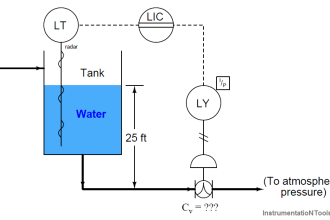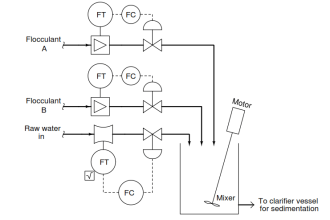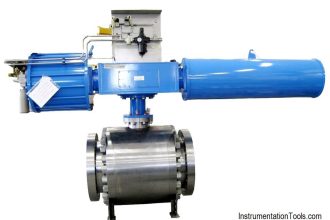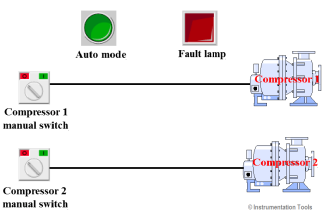Fuse is a very useful element in electrical engineering. A fuse is a protective element that protects circuits from blowing up due to overload conditions. Almost every electrical circuit requires a fuse in it for protecting itself from damage.
One type of fuse which differentiates itself from a normal fuse is a time delay fuse. It is used in many electrical applications.
In this post, we will learn the concept of a time delay fuse.
Fuse
First of all, let us understand what a fuse does. A current flows from one point to another. When the current flow is interrupted in between, then it will not flow to the other end. A fuse is such type of device which does the job. It is a metallic type of thin wire, from which current flows. It is designed to carry a certain amount of rated current.
When the current exceeds its rating, the wire starts to heat due to the thermal effect and after a certain over temperature, it breaks. Due to this, the current flow is interrupted. This action is instantaneous and breaks the current path immediately. This protects the receiving end circuit from damage.
Time Delay Fuse
Let us now move ahead to the time delay fuse. As the name implies, a time delay fuse is a type of fuse that trips the circuit after a certain amount of time. If you see, for example, a circuit like the star delta; it passes a very high amount of current in the starting stage (star connection). This is normal and after a small delay, it passes the normal current to the load.
So, for such types of circuits, if a normal fuse was used, then it will blow up frequently and not allow the current to flow in any way. In this case, there must be some window for the current to pass initially and then check the circuit. This function is done by a time delay fuse.

Principle of Time Delay Fuse
A time delay fuse has its rated time delay and current. When the current exceeds after the time delay elapses, then it blows itself and breaks the circuit. Momentary spikes of current are not counted in it.
Because, similar to a timer function where it gives an output only when the condition is true continuously, the fuse will give its output only when the current is high continuously for a set time. So, this means that if the current is flowing high for the set time, then it means it is now in overload condition and it will trip the circuit by blowing up.
In addition to the normal fuse structure of a metallic wire, there is a short connector with a spring attached. This connector is connected to the internal timing circuit. Due to this design, it allows it to pass overcurrent for some short period of time. As soon as the current flows after the set time, it starts overheating and blows up due to thermal energy.
Due to its advantage of passing overcurrent for some period of time, it is used in many motor protection circuits, transformer protection circuits, inductive loads, and also power distribution feeders. In this way, we saw the concept of a time delay fuse.
If you liked this article, then please subscribe to our YouTube Channel for Electrical, Electronics, Instrumentation, PLC, and SCADA video tutorials.
You can also follow us on Facebook and Twitter to receive daily updates.
Read Next:
- Phase, Neutral, and Earth Wires
- Motor Maintenance and Troubles
- Wattmeter and Energy Meter
- Difference between AC and DC
- Stepper Motor and DC Motor



